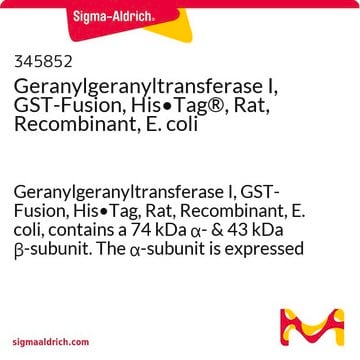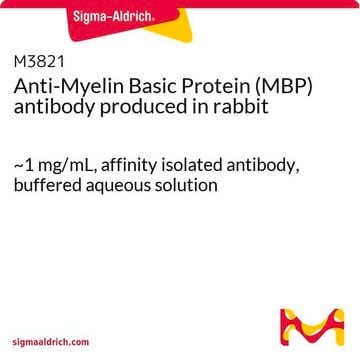05-1312-I
Anti-Ubiquityl-Histone H2B Antibody, clone 56
clone 56, from mouse
Synonim(y):
Histone H2B type 1-C/E/F/G/I, Histone H2B.1 A, Histone H2B.a, H2B/al, Histone H2B.g, H2B/g, Histone H2B.h, H2B/h, Histone H2B.k, H2B/k, Histone H2B.l, H2B/l)
About This Item
Polecane produkty
pochodzenie biologiczne
mouse
Poziom jakości
forma przeciwciała
purified antibody
rodzaj przeciwciała
primary antibodies
klon
56, monoclonal
reaktywność gatunkowa
mouse, human, rat
opakowanie
antibody small pack of 25 μg
metody
ChIP: suitable
western blot: suitable
izotyp
IgG2aκ
numer dostępu NCBI
numer dostępu UniProt
Warunki transportu
ambient
docelowa modyfikacja potranslacyjna
unmodified
informacje o genach
human ... HIST1H2BC(8347)
Opis ogólny
Specyficzność
Immunogen
Zastosowanie
Epigenetics & Nuclear Function
Western Blotting Analysis: A representative lot detected Ubiquityl-Histone H2B in U2OS whole cell extract, purified histone H2A, purified H2B, and HEK293 acid extracted proteins (Courtesy of Dr. Moshe Oren, Weizmann Institute of Science).
Chromatin Immunoprecipitation (ChIP) Analysis: A representative lot detected Ubiquityl-Histone H2B in uH2B and H3K4me2 (Courtesy of Dr. Moshe Oren, Weizmann Institute of Science).
Jakość
Western Blotting Analysis: 0.25 µg/mL of this antibody detected Ubiquityl-Histone H2B in 10 µg of PC-12 cell lysate.
Opis wartości docelowych
Postać fizyczna
Przechowywanie i stabilność
Inne uwagi
Oświadczenie o zrzeczeniu się odpowiedzialności
Not finding the right product?
Try our Narzędzie selektora produktów.
Kod klasy składowania
12 - Non Combustible Liquids
Klasa zagrożenia wodnego (WGK)
WGK 1
Temperatura zapłonu (°F)
Not applicable
Temperatura zapłonu (°C)
Not applicable
Certyfikaty analizy (CoA)
Poszukaj Certyfikaty analizy (CoA), wpisując numer partii/serii produktów. Numery serii i partii można znaleźć na etykiecie produktu po słowach „seria” lub „partia”.
Masz już ten produkt?
Dokumenty związane z niedawno zakupionymi produktami zostały zamieszczone w Bibliotece dokumentów.
Nasz zespół naukowców ma doświadczenie we wszystkich obszarach badań, w tym w naukach przyrodniczych, materiałoznawstwie, syntezie chemicznej, chromatografii, analityce i wielu innych dziedzinach.
Skontaktuj się z zespołem ds. pomocy technicznej







